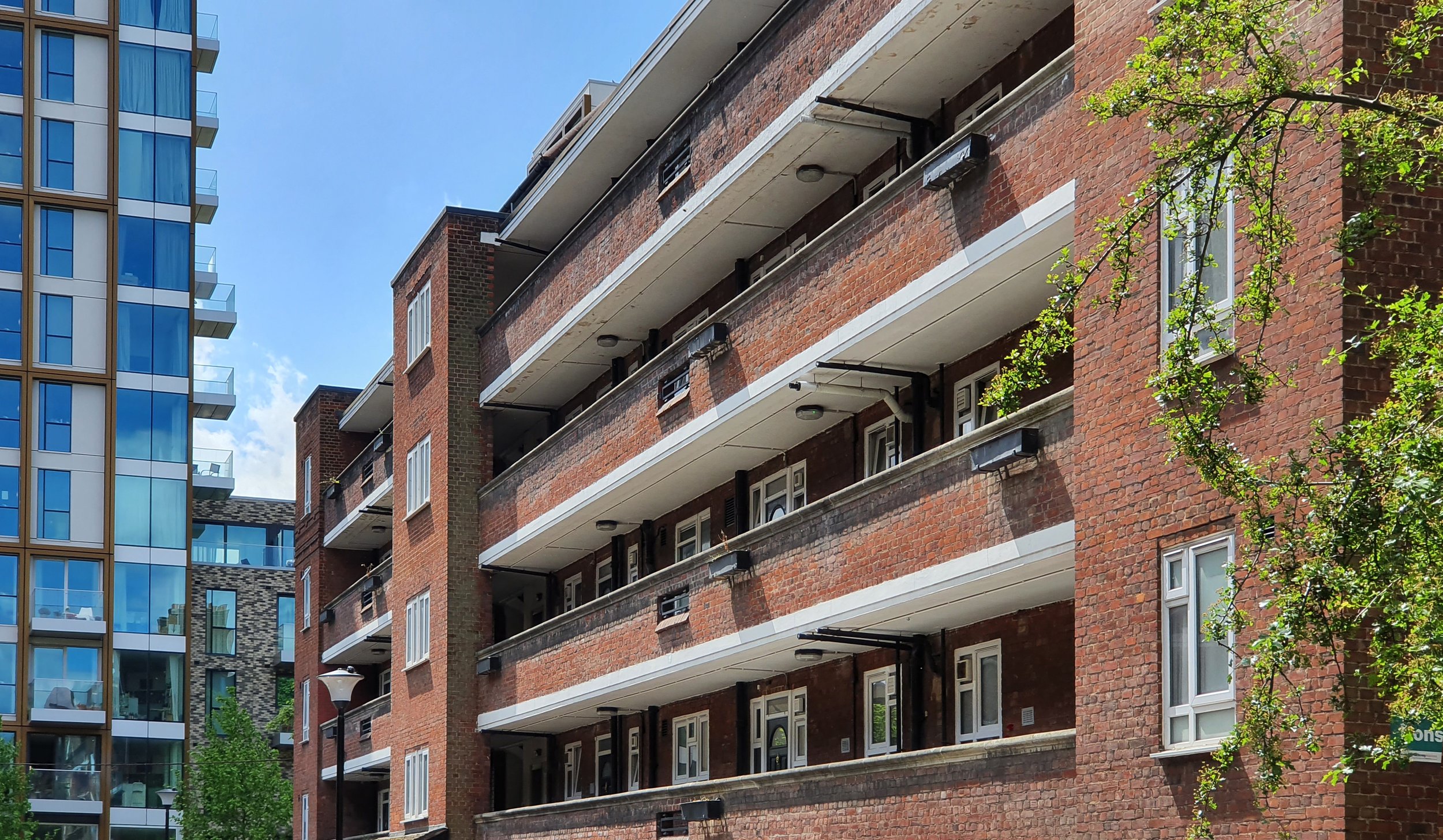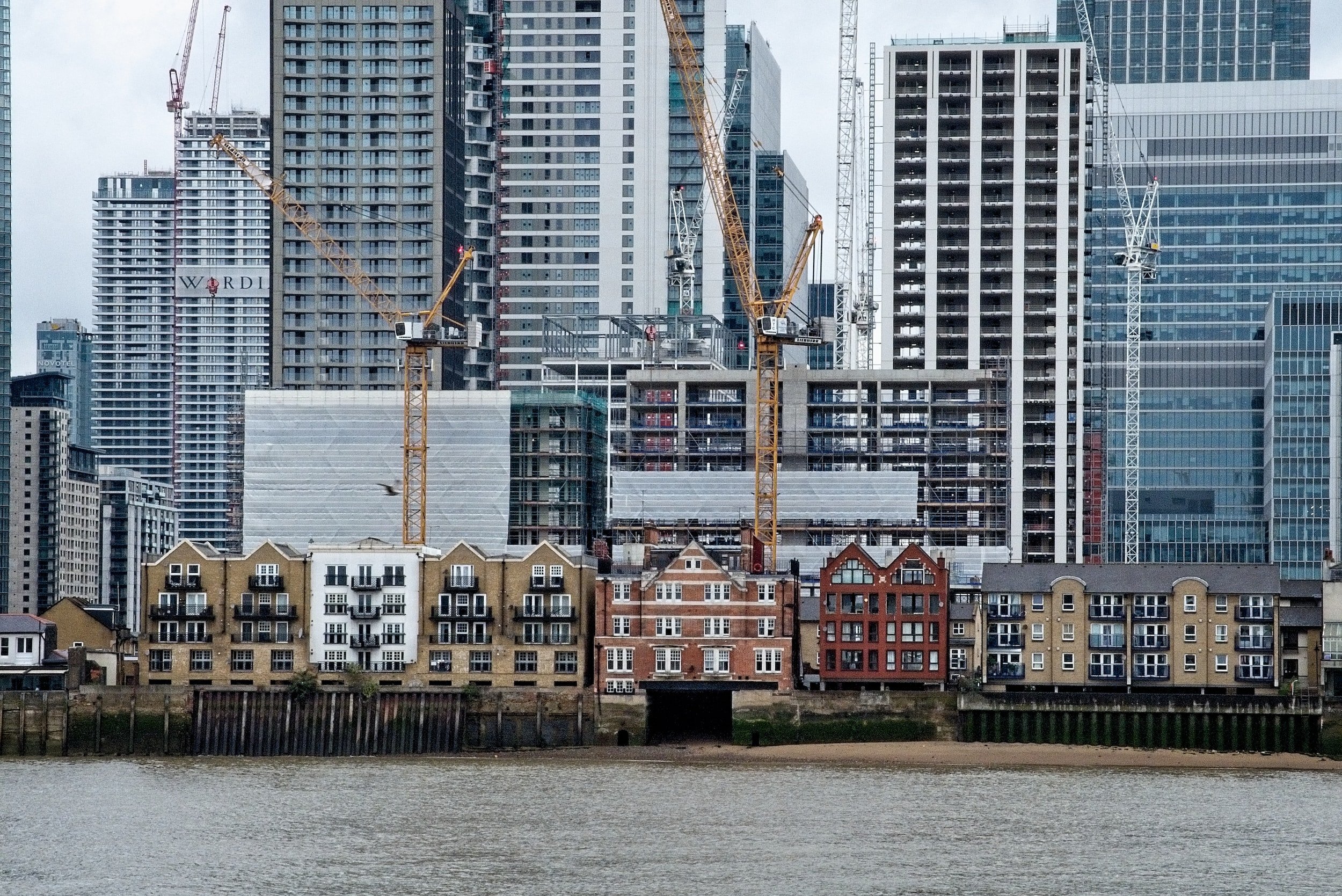
Policing Now, Gentrification Later?
Aggressive policing has hidden costs. This study provides some of the first empirical evidence that intensified policing can lead to gentrification. Our findings challenge conventional wisdom about the causes of neighborhood change and offer a crucial lens to understand how law enforcement policies shape the places we live—sometimes subtly, sometimes dramatically.
As cities confront issues of inequality, racial justice, and housing displacement, studies like this reveal why rethinking public safety is not just about crime—it's about who has the right to belong in a neighborhood.

Neighborhood Ambiguities
The political traditions used to secure elected office are embedded in the culture of many neighborhoods. These traditions include politicians, community leaders, and prospective candidates working together to help neighborhood organizations provide services to the residents of the community. These traditions and practices include joining a political club to support party initiatives and help the candidates endorsed by the club win election; attending neighborhood churches to share resources with influential clergy members the community depends on; and attending block parties, street fairs and traditional community festivities. These are shared strategies elected officials have used to secure and maintain elected office. For generations, African American churches have influenced United States politics and social activism and play a crucial role in large scale cultural change.

Locals, Newcomers, and Longtimers
Commercial gentrification, or upscaling of businesses in an area, has displaced long-standing and working-class residents and businesses in communities across the U.S. In communities of color, the drivers of commercial gentrification have become associated with wealthier, white, and new business owners with no prior connection to the areas they are gentrifying. The commercial gentrification of communities of color threatens to disrupt the local cultural fabric and residents’ ability to connect to their heritage through products sold and services offered in their native language. In our paper, we offer an alternative perspective on the drivers of commercial gentrification by looking at Latinx business owners participating in a new form of redevelopment coined gentefication.

New Faces, Changing Spaces
The relationship between gentrification and policing is not new. Prior research has demonstrated increased policing in gentrifying neighborhoods, at times, driven by citizen demand. But data constraints have limited the ability to determine the source and characteristics of citizen calls to the police. Moreover, there are many important debates around what explains this increased demand. Conventional wisdom argues that increased demand by gentrifiers is simply a response to their exposure to greater crime when moving into previously disinvested spaces. However, substantial qualitative evidence finds that this demand is often a response by gentrifiers’ to perceived disorder in their new neighborhoods, and in particular, privileged whites’ response to more ethno-racial diversity within neighborhoods. My article evaluates these explanations and more broadly, the nature of demand for policing in gentrifying contexts in order to understand how privileged citizens wield power in gentrifying areas and how this shapes their interactions with local government.

Navigating the Complexities of Council Estate Regeneration
The redevelopment of Woodberry Down, one of the largest council estates in London, has been the subject of intense debate: touted in regeneration circles as a success story, critics have labeled it as yet another example of the pervasive state-led gentrification of London council housing. As we delved into the multifaceted story of Woodberry Down, we have uncovered a nuanced tapestry of victories and losses, forcing us to grapple with the question: is Woodberry Down an example of successful regeneration or is it yet just another casualty of “state-led gentrification”?

Experiences of policing in gentrifying neighborhoods
Cities in the United States are well known for their segregation and sharply different experiences of policing across neighborhood boundaries. Extensive social science research has shown that “race-class subjugated neighborhoods” with concentrated populations of low-income Black and Latino residents experience harsh and punitive policing, whereas high-income and mostly-white neighborhoods experience limited police contact. In the former neighborhoods, residents also express frustration that policing does not address concerns about crime or violence, leading to these neighborhoods being simultaneously “over-policed and under-protected.”

Innovating Methodologies for Examining Gentrification-Induced Social and Cultural Displacement
Community stakeholders have sought to mitigate the impacts of gentrification, particularly among communities of color. Community-engaged, action-oriented research holds promise for developing interventions. Specifically, this research approach helps to center the voices of those most impacted and ensures community-informed solutions. In the same vein, the complex impacts of gentrification on space and place call for innovative research that highlights these dynamics. Such innovative research has the potential to further inform community and policy level interventions.

Where Do They Go?
Is gentrification pushing poor households to the fringes of our cities or to even more marginalized neighborhoods? As many of our nation’s cities increasingly attract young, highly educated professionals, a worrisome trend accompanying this influx is the increase in gentrification. Gentrification has sparked much concern because of the fear of low-income households being priced out of their neighborhoods and pushed into neighborhoods less advantageous than from which they are originating. To date, there has been relatively little research that examines the destinations of households moving from gentrifying neighborhoods.

Gendered Gentrification in Hong Kong
In a recent Urban Affairs Review article we explore how women have been impacting the social and physical upgrading of neighborhoods in one of the most competitive property markets in the world. In 2016, the most expensive apartment in Asia sold in Hong Kong for US$117 million, breaking the old record that was set in that city a year earlier. At the other end of the market spectrum, purchasing an entry-level apartment is also costly, with units as small as 163 square feet selling for $500,000. Being one of the most expensive global real estate markets ensures that space is at a premium.

Light-rail Investment in Seattle
Public infrastructure has always shaped patterns of metropolitan growth and residential segregation. Street-car lines, followed by highways, created important corridors from cities out into the so-called “Crabgrass Frontier” (Jackson 1985). New access to undeveloped suburban areas combined with government-insured mortgages with low down-payments generated vast opportunities for housing construction. However, through much of the 20th century “redlining”, discriminatory housing covenants, and exclusionary zoning maintained a system of residential stratification preventing racial and ethnic minorities from moving outward to burgeoning suburbs. Consequently, many urban neighborhoods became racially-segregated, faced disinvestment due to housing policy favoring lending to suburban contexts, and experienced increasing “mismatch” from suburban employment growth.

Racial/Ethnic Transition and Hierarchy Among Ascending Neighborhoods
When neighborhoods’ socioeconomic status (SES) improves, does their racial/ethnic composition change? Is socioeconomic change also a process of racial/ethnic transition from minority to white? Often when minority neighborhoods are experiencing socioeconomic increases, residents and anti-gentrification activists perceive such a threat—that higher-income, mainly white newcomers will “invade” the neighborhood, potentially displacing residents and altering the neighborhood’s racial/ethnic makeup.

Putting Culture On The Map
Over the last decades, culture has become an essential ingredient in the economic development strategies of cities around the world. In this context, the development and promotion of ethnic neighborhoods—e.g. Chinatown, Little Tokyo, Harlem—is a strategy for revitalizing diverse urban areas. The local newspaper is a key actor in this process: it represents and promotes a city’s cultural assets, and in doing so shapes the way readers perceive of different communities. Given the tastes and preferences of today’s young urban professionals, “hipsters”, and tourists--urban environments characterized by ethnic diversity, authentic cuisine, and unique cultural experiences--these representations have the power to attract new capital and residents to immigrant communities.

Coffee Shops and Street Stops
Readers of this blog are probably familiar with the concept of gentrification and how it has radically transformed neighborhoods and communities throughout America. Generally speaking, gentrification describes the transformation of areas of a city: from areas previously characterized by inadequate public services, low levels of private investment, and occupancy by poor or working class residents, to zones characterized by expanded public services, more private investment, and occupancy by well-educated, middle and upper class residents.

Is ‘Gaytrification’ a Real Phenomena?
City leaders have often suggested attracting gays to neighborhoods within their cities as a remedy for urban blight. A 2013 Slate column discusses the CEO and president of the Detroit Economic Growth Corp who explicitly suggested that city leaders try to attract gays to Detroit to spur gentrification of decaying areas. The research literature suggests a few reasons why gays may act as “urban pioneers” who revitalize run-down areas close to downtowns. One proposed reason is that gays and lesbians may be willing to invest and reside in run-down areas to create welcoming communities in the presence of perceived discrimination elsewhere. In creating these enclaves, gays and lesbians renovate the aging housing stock and provide additional amenities to the region.